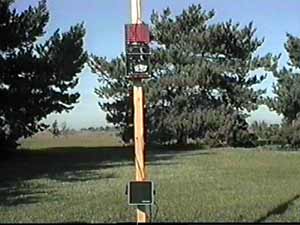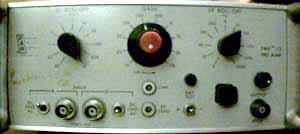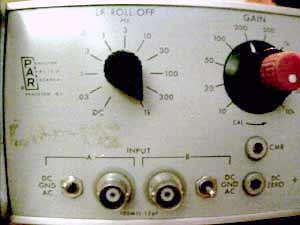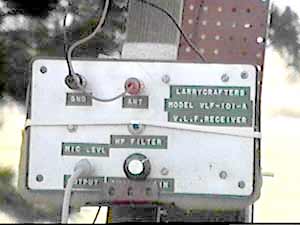VLF Receivers |
INSPIRE VLF-2
|
INSPIRE RS-4 
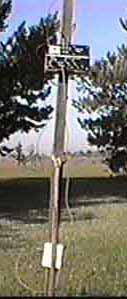
The RS-4 walking stick configuration. The mount is made of foam and erector set parts. This is Team 19's first VLF reciever. |
|
Princeton Applied Research Receiver
This golden find belongs to Ron Hunt. It was designed for research, testing and development of circuits in the field or the workbench. It has an internal battery system (four 9 volt batteries currently) with a built-in charging system. It has a calibrated gain control, it also has very useful low-pass and high-pass adjustable filters.
|
|
The Larrycrafters VLF 101-A (homemade)
This reciever was built with Radio Shack parts, the electronic design follows the INSPIRE RS-4 schematics. The binding post / banana jacks work really nice for making antenna and ground connections, they are also easy to work with in the dark. It is powered by a single nine volt battery. |
|
The Ulti-Receiver (homemade)
|
|
WWV Receiver
This receiver is used to put UTC time marks onto recording media for VLF data time coordination. Specific Products model WVTR standard frequency receiver, it has a built-in speaker, battery power test button, runs on ac or dc, Crystal controlled for stability, BNC connections for the antenna and audio output. It receives at 2.5, 5, 10, 15, 20, and 25 Mhz. |
